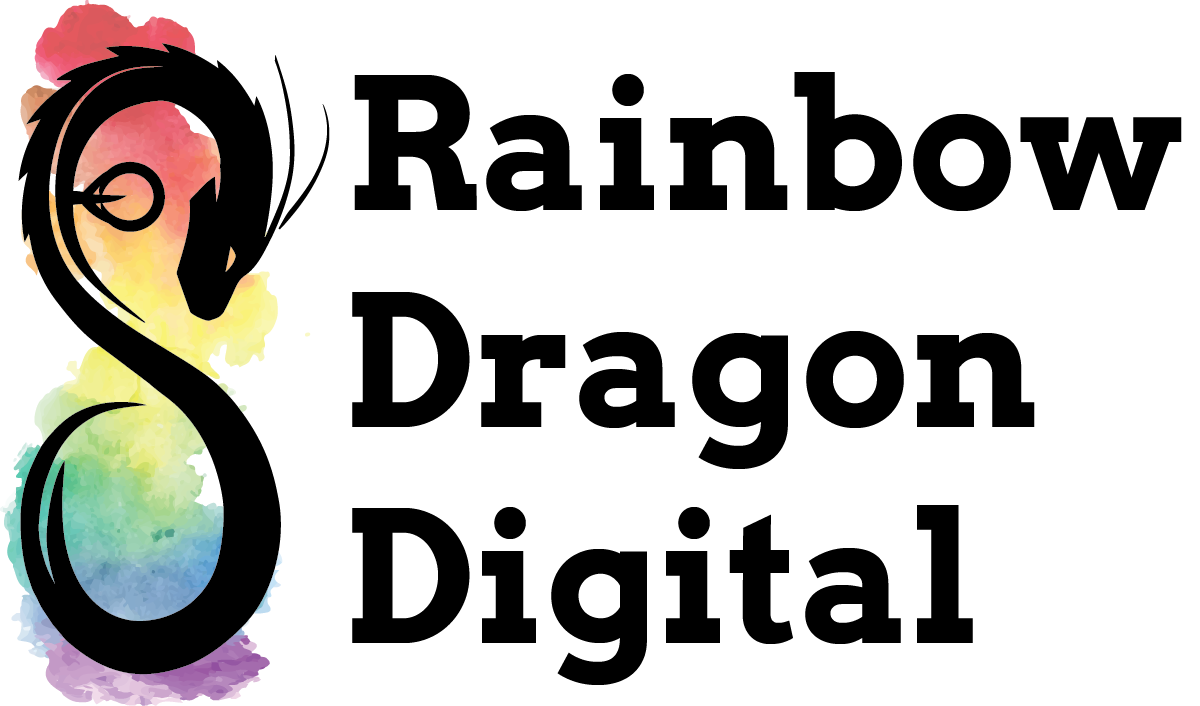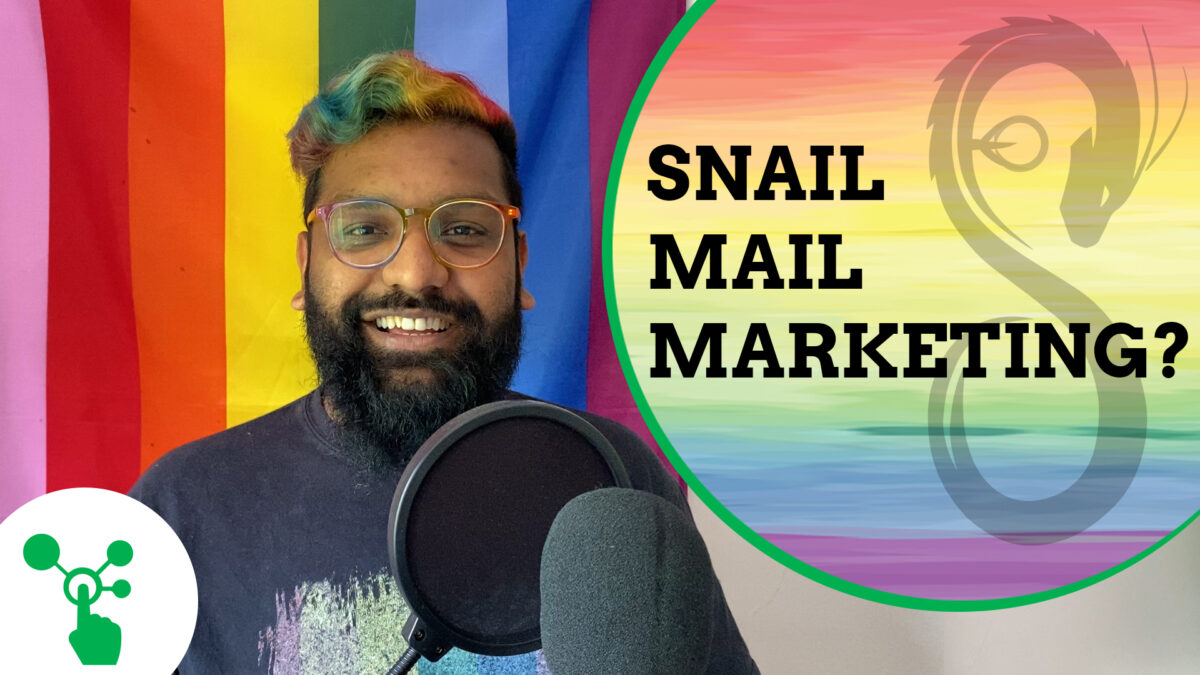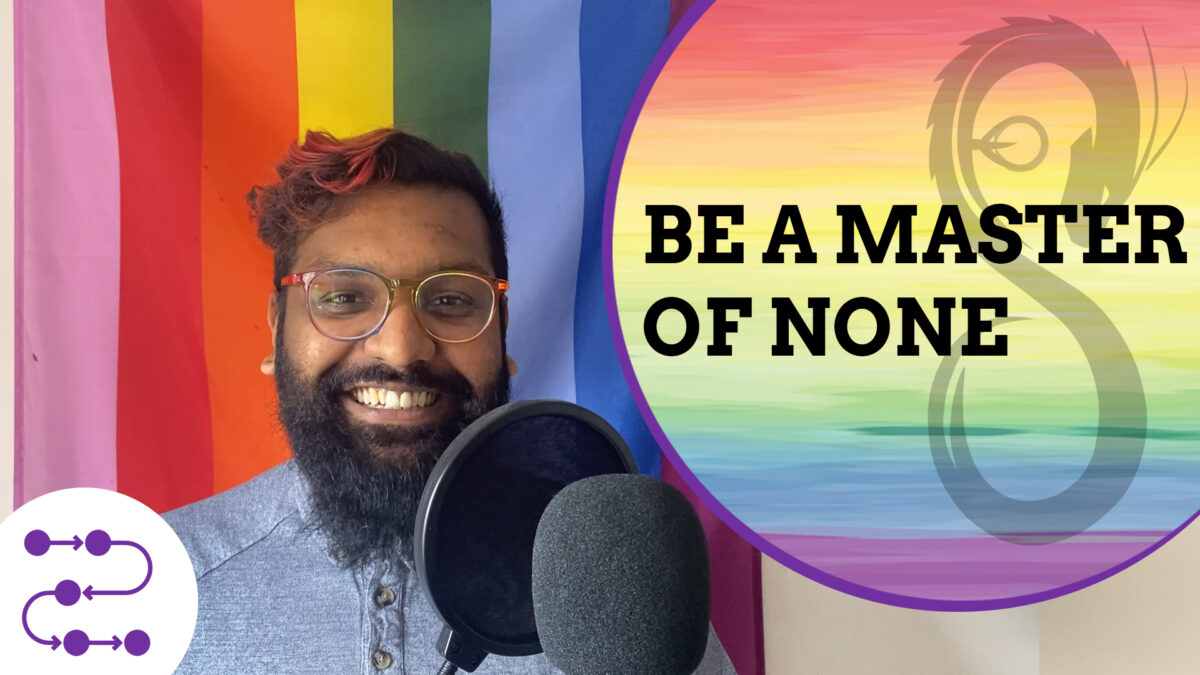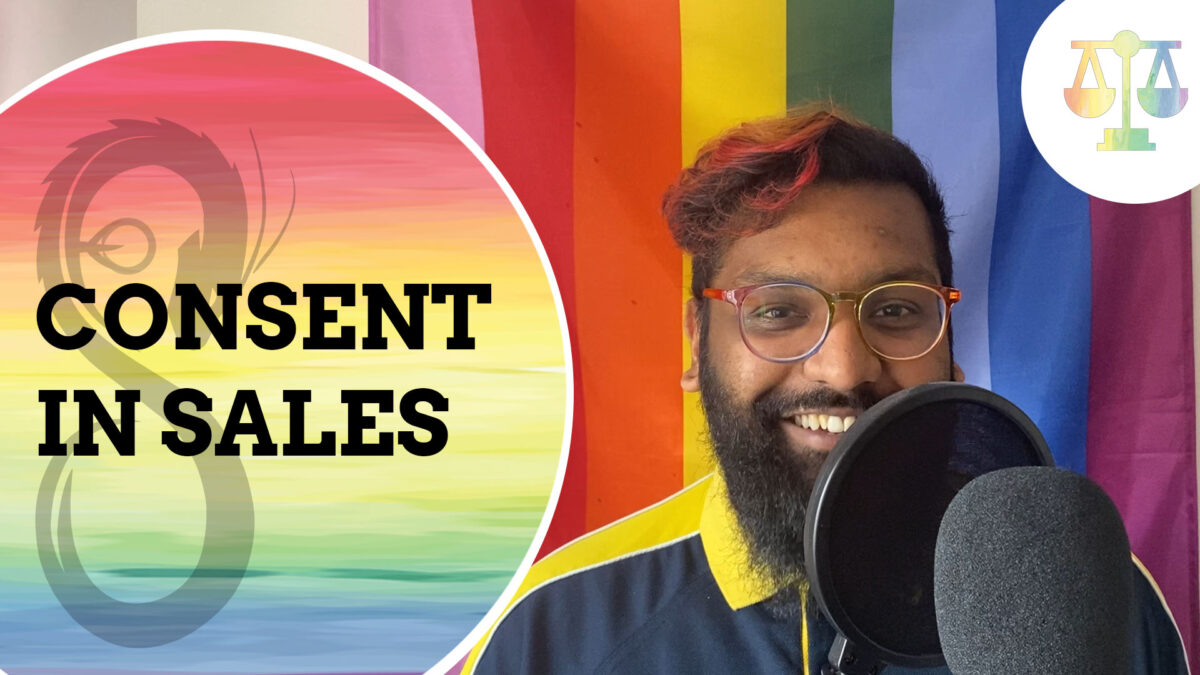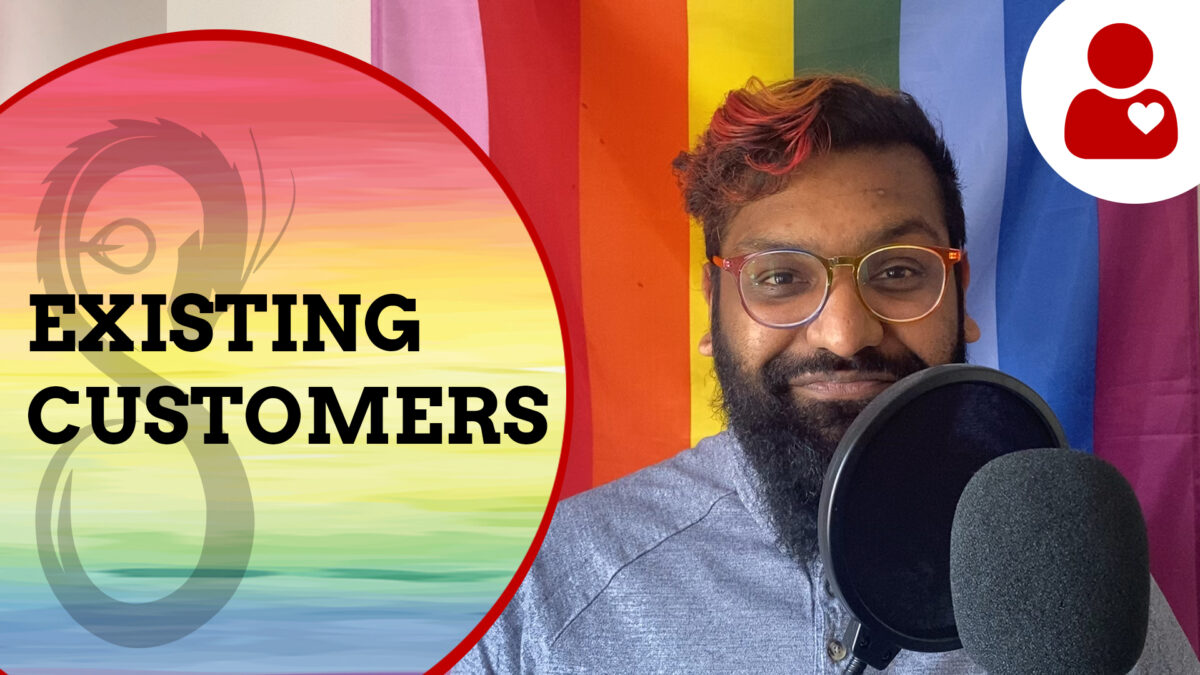Simon Sinek’s “A Little Bit of Optimism” podcast episode on Ethical Fading got me thinking about how this applies more specifically in marketing…
If you liked this, you might want to join the Ethical Marketing Discussion on 12th August at 3pm! It’ll be fun! Register here.
Don’t like videos? Here’s the text version:
How does ethical fading apply in marketing?
Hi I’m DJ from Rainbow Dragon Digital and in today’s video I want to do a little marketing ethics video on a concept called ethical fading.
If you haven’t subscribed to my YouTube channel already please do it will help me out loads and if you click the little bell you’ll be subscribed to hear when I release new videos.
What is Ethical Fading?
I was listening to a podcast by Simon Sinek called “A little bit of Optimism” that he released during the first lockdown for obvious reasons and one of the episodes was about something called ethical fading.
The idea of ethical fading was that when something is in the business or is in the system we tend to just go along with it. Even though it directly opposes our personal ethics, because it’s just the way things are, we consider that not something we can do something about. And we then just completely ignore the fact that it completely opposes our ethical standpoint.
How Ethical Fading Applies to Marketing
And this was really, really interesting to me because the way I practice marketing, the way I’m wanting to practice marketing, and when I come against those roadblocks where it’s just the system is really hard to fight when you’re a single person. And there’s a lot of things that are very ingrained in marketing, let alone in racism, and prejudice and all sorts of other things and it’s really hard to see past it, or see a world where it doesn’t exist, or see how it could work without that system in place.
So I’m not going to go into a huge video about this because obviously there’s there’s lots of facets about it but I would really encourage you, if you think that that’s something that might be getting in your way, that there are ethical dilemmas that you constantly face when it comes to your marketing, then I would highly recommend you actually listen to that episode about ethical fading.
Where Are We Making A Stand?
I think it’s really useful to think about and to think about where it is that we are making a stand. Where it is we are consciously looking at the places where we’re not meeting our ethical standards and trying to do something about it and not shying away from the fact that we haven’t been able to meet our own ethical standards.
Let’s not shy away from that. Let’s not pretend like it’s not something that you can work on and instead start finding ways to work on it.
I realise that’s super vague and it’s and there’s a reason for it in that it can apply to so many things and there’s so many ways that this could be discussed or talked about and I would love to start talking about it more so, let me know if that’s interesting to you and I might start a conversation at some point with more people about ethical marketing. I think it’s just fun to talk about.
